Peter Gleick: Rainbow Waters, Fishing for Hope
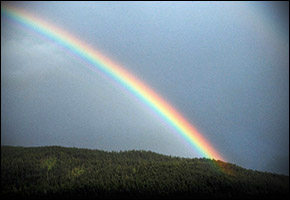
I flyfish. Infrequently and badly. But as any unsuccessful fisherman will try to tell you, it isn’t catching fish that’s important; it is the action of fishing.
I was just reminded of the reality behind that jest. I had the opportunity recently to spend four days on the Slocan and Upper Columbia rivers in British Columbia, tossing a line and, occasionally, catching and releasing rainbow trout. And while the monster fish lurking in these rivers mocked my efforts to trick them into striking my flies, it was still time well spent as it reminded me of the importance of fresh water. Healthy rivers are a sign of a healthy society. Sick, contaminated, overtapped rivers are a sign of a sick society.
We began to realize this when massive dams began to store water for droughts, to generate electricity, and to stop floods, and along with this, also began to destroy free-flowing rivers, wipe out massive populations of fish, and change the character of our wild lands. As a result of these transformations, in 1968 Congress passed the Wild and Scenic Rivers Act, which states, in part:
It is hereby declared to be the policy of the United States that certain selected rivers of the Nation…shall be preserved in free-flowing condition, and that they and their immediate environments shall be protected for the benefit and enjoyment of present and future generations. The Congress declares that the established national policy of dams and other construction at appropriate sections of the rivers of the United States needs to be complemented by a policy that would preserve other selected rivers or sections thereof in their free-flowing condition to protect the water quality of such rivers and to fulfill other vital national conservation purposes.
We watched the Cuyahoga River burn on national television in 1969, and we eventually passed the Clean Water Act and the Safe Drinking Water Act to slow industrial wastes from killing our rivers and to protect our tap water quality. We passed the Endangered Species Act in 1973 to prevent our ignorance or hubris from literally wiping species of plants, animals, birds, and fish from the face of the planet.
In each of these cases, we tried to save a tiny part of the waters of the United States from destruction. In each of these cases, commercial and industrial interests fought tooth-and-nail to stop the protection from being put in place. And even today, the battle continues.
But as I floated the Upper Columbia, I realized that I was trying to catch rainbow trout along a stretch of the river that was once devoid of life because of an upstream pulp and paper mill, but had been restored. I saw a dozen bald eagles — now removed from the Endangered Species Act because we actually reversed their path toward extinction. I saw new habitat being created by active restoration efforts. And I saw rafters, fishermen, birders, and other pleasure-seekers putting money into local economies that — more and more — depended on the rivers being healthy and not dead or used up.
As long as we look upon our rivers as something to be consumed or treated as a dump, we will never be a completely healthy society. As long as water flowing to the end of a river is considered “wasted,” we will never be a completely healthy society.
As long as we think that the goods that water produces have more value than the environmental services that water provides, we will never be a completely healthy society.
And as I floated along thinking of these things, suddenly, actually catching fish no longer seemed to be as important as the possibility itself.
Water Number: 0.25 percent
As of 2008, the 40th anniversary of the Wild and Scenic Rivers Act, the U.S. Wild and Scenic River System protects around 11,000 miles of 166 rivers in 38 states and the Commonwealth of Puerto Rico; this is a little more than one-quarter of one percent of the nation’s rivers. By comparison, more than 75,000 large dams across the country have modified at least 600,000 miles, or about 17%, of American rivers.
Inset photos by Dr. Gleick
Dr. Gleick’s blog posts are provided in cooperation with the SFGate. Previous posts can be found here.

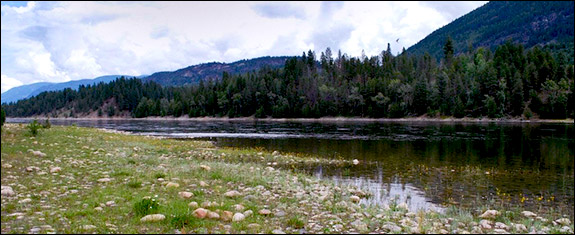

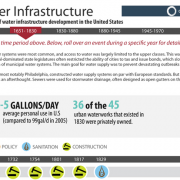

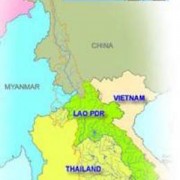
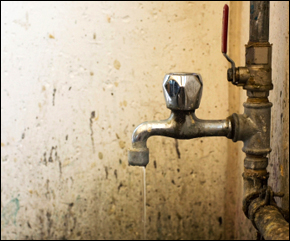
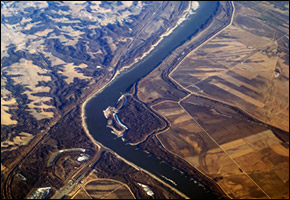




Leave a Reply
Want to join the discussion?Feel free to contribute!